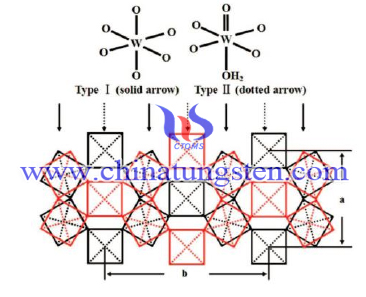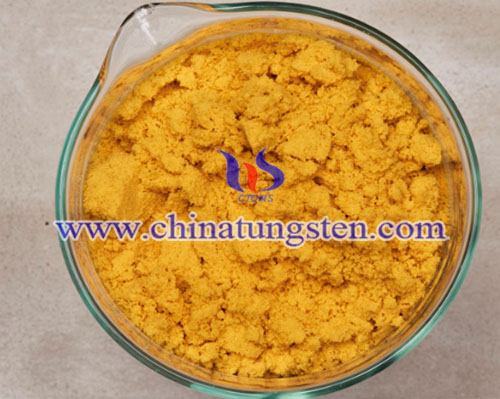Tungsten Oxide Lateral Heterojunction
- Details
- Category: Tungsten Information
- Published on Tuesday, 06 March 2018 11:34
The tungsten oxide lateral heterostructure is in principle achieved by continuously growing the second material at the edge of the existing area of the first material. The tungsten oxide lateral heterojunction structure can be prepared by in situ adjustment of its gas phase reactant during the growth of two-dimensional tungsten oxide crystals. Characterization of Raman and photoluminescent maps shows that it has a clear structure and optical modulation.
Transmission electron microscopy and elemental images show the opposite modulated tungsten oxide structure along the interface distribution. According to the different properties of tungsten oxide two-dimensional materials, tungsten oxide two-dimensional heterojunction materials can also be divided into three types. That is, tungsten oxide based two-dimensional heterojunction material, insulator based two-dimensional heterojunction material, and tungsten oxide conductor heterojunction material.

In the tungsten oxide two-dimensional semiconductor heterojunction, the semiconductor heterojunction can be classified into three types of Type-I, Type-II and Type-III according to the difference in band gap and electron affinity between the semiconductors. In the Tungsten Oxide Type-I semiconductor heterojunction, the valence band of semiconductor 1 is higher than that of semiconductor 2, and its conduction band is lower than that of semiconductor 2. In this way, both electrons and holes are transferred and accumulated in the semiconductor 1. In the tungsten oxide type-II semiconductor heterojunction, the valence band and the conduction band of the semiconductor 2 are higher than the valence and conduction bands of the semiconductor 1. And the valence band and conduction band "steps" along the same direction. More importantly, the chemical potential difference between semiconductors 1 and 2 results in a band bending at the junction interface.
This band-bending effect induces a built-in field that drives photo-generated electrons and holes to migrate in the opposite direction. In this way, photogenerated electrons and holes will be distributed on different sides of the heterojunction to achieve spatial separation. Therefore, building Type-II heterojunction is an effective method to improve the charge separation, which can greatly improve the photocatalytic degradation activity and water decomposition efficiency. In the Tungsten type-III semiconductor heterojunction, the valence band of the semiconductor 2 is higher than the conduction band of the semiconductor 1, which gives a higher charge-transfer driving force.

- Tungsten Oxide Manufacturer & Supplier, Chinatungsten Online: www.tungsten-oxide.com
- Tungsten News & Prices of China Tungsten Industry Association: www.ctia.com.cn
- Molybdenum News & Price: news.molybdenum.com.cn
- Tel.: 86 592 5129696; Fax: 86 592 5129797; Email: sales@chinatungsten.com



 sales@chinatungsten.com
sales@chinatungsten.com